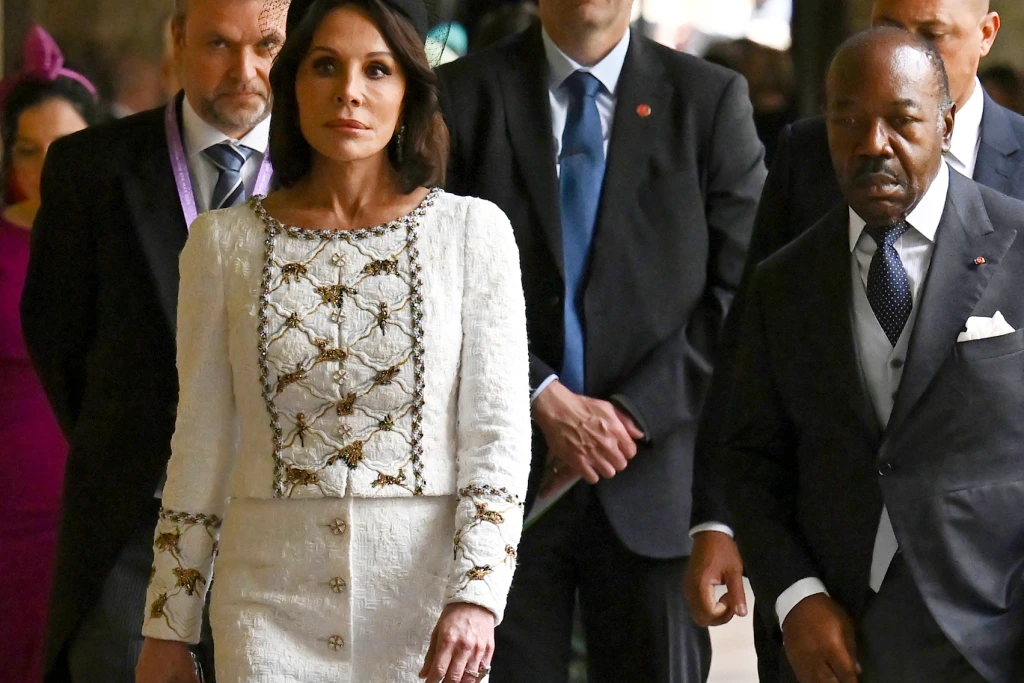
Each year since, from December until the end of May, the Cameroon’s elite Rapid Intervention Battalion (BIR) dispatches 600 troops, 60 armoured vehicles and an air squadron to Cameroon’s Bouba Ndjida National Park in the north. The timing aligns with the dry season (November to April or May) when elephants migrate seasonally towards water sources in the park – a period historically marked by heightened poaching.
This militarised approach has been replicated in Benoué and Faro National Parks, where mixed patrols – comprising the Cameroonian military and park eco-guards – have been established to enforce conservation laws.
The mixed patrols take place both inside the national parks and the surrounding Zones d’Intérêt Cynégétique (ZICs). In the former, the patrols are organised and paid for by Cameroon’s government-run conservation agency, MINFOF, and its international conservation partners – World Conservation Society (WCS) for Benoué and Bouba Ndjida, and the African Wildlife Foundation (AWF), in Faro.
In the ZICs, however, these patrols are financially supported by the landowners or concession holders themselves. They frequently arrest foreign and Cameroonian poachers, cattle herders, and artisanal gold miners during operations.
As seen elsewhere in central Africa, the militarisation of conservation has fuelled local resentment. For instance, during the dry season, herders frequently bring their cattle into the parks to graze due to scarce pasture and water elsewhere. My month-long research on the ground and scores of interviews reveal multiple cases of the mixed patrols killing cattle inside these areas – as well as instances where herders retaliate, attacking with rifles or machetes.
The access restrictions imposed by the patrols are particularly contentious in the ZICs. These areas are managed by foreign – typically European – businesspeople and used predominantly by European and American trophy hunters. As a result, some villagers feel the interests of outsiders are valued over and above the local population.
This is compounded by the fact that local communities only receive 10 per cent of the concession fees – with the remainder split between the central state (50 per cent) and district authorities (40 per cent). Furthermore, the small fees communities did receive have mostly dried up as insecurity has deterred the foreign hunters that once came to the area.
Tensions are even higher in the ecological corridors connecting the parks. Communities displaced by Boko Haram have established farms directly in the corridors, and violent confrontations often occur when the mixed patrols are sent in to evict them.
The militarisation of conservation has undoubtedly heightened tensions with migrants and displaced persons around the northern parks. Yet, conservation NGOs and park managers argue that it has also enhanced protection for large mammals, particularly elephants, by drastically reducing poaching incursions. This is consistent with past research from Benoué National Park that highlights the importance of conservation law enforcement personnel to sustain populations of large mammals.
Ironically, the 2012 massacre marked a turning point for Bouba Ndjida, transforming it into northern Cameroon’s most secure national park. With an influx of international funding and military support, the park now boasts the region’s highest abundance of large mammals, according to conservation professionals.
In communities living around the parks, there are also those who have welcomed the strict law enforcement approach. This is particularly the case for Indigenous communities who have inhabited the area since pre-colonial times.
Their support stems from two factors.
First, the parks’ legitimacy is rooted in local history that extends beyond colonial imposition. Bouba Ndjida and Benoué National Parks were formally designated by the French in the 1930s. However, long before that, they formed a part of the Lamido (chief) of Rey Bouba’s private hunting reserve.
The current Lamido of Rey Bouba recounts how his grandfather supported the creation of the parks to “protect the wildlife”. As a result, the designation of the parks faced little opposition – with some people willingly relocating to areas with better access to roads and markets. The idea that hunting and other forms of resource extraction are restricted in parks is therefore embedded in the local consciousness.
Secondly, some Indigenous communities have experienced tangible security improvements since the joint operations commenced. While wildlife protection remains the primary objective of the mixed patrols, they have also yielded ancillary benefits for local law and order.
Echoing a previous study conducted around Waza National Park, several respondents advocated for expanded conservation law enforcement in both protected areas and adjacent villages. As one man from Koum village, adjacent to Bouba Ndjida’s headquarters, remarked: “Since the mixed patrols began, our village has become much safer. No kidnappers or armed poachers dare enter anymore. There are no downsides – we want even more soldiers here!”
Others suggested that improved security might facilitate the return of tourist hunting, which historically provided both employment and meat for villages.
The dual and competing effects of militarised conservation – enhancing security for some while increasing vulnerability for others – mirror the findings of my research in the eastern Democratic Republic of the Congo. They also speak to the dilemma facing states and conservation NGOs across unstable parts of the central African region: How do you safeguard protected areas while also addressing the livelihood needs of the often marginalised people living around them?
Strengthening conservation efforts – including with military support – can curb biodiversity loss and enhance human security, to an extent. Yet, unless the root causes of instability within the climate-conflict-conservation nexus are addressed, such measures could ultimately serve to inflame tensions, for both people and wildlife.
- A Tell Media report / Republished with the permission of The New Humanitarian Republic







